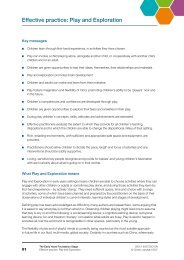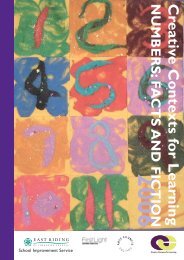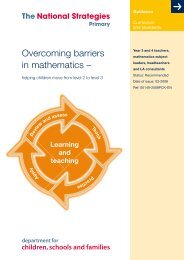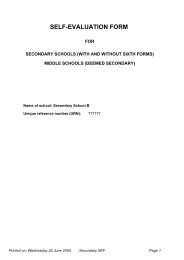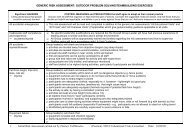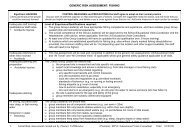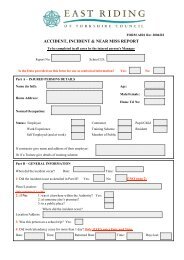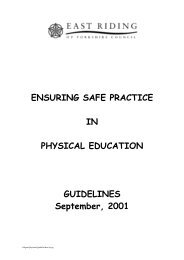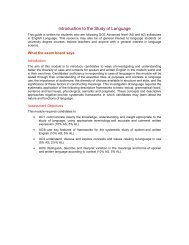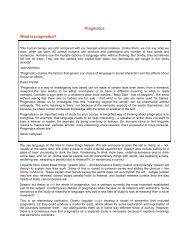GCSE Coursework: History Around Us - eRiding
GCSE Coursework: History Around Us - eRiding
GCSE Coursework: History Around Us - eRiding
Create successful ePaper yourself
Turn your PDF publications into a flip-book with our unique Google optimized e-Paper software.
<strong>History</strong> <strong>Around</strong> <strong>Us</strong> – The deserted medieval village of Wharram Percy1. IntroductionThis guide is written for learners and teachers who are preparing coursework for assessment on <strong>GCSE</strong>specifications that follow the Schools’ <strong>History</strong> Project in the UK.The <strong>History</strong> <strong>Around</strong> <strong>Us</strong> section of your <strong>GCSE</strong> course allows you to study history through relating thevisible remains and features of an historical site to its wider historical context. This will involve you invisiting a site and engaging in some “hands on” history as you collect and interpret evidence in order totest the hypothesis that has been set through your coursework question(s). The important thing toremember is that the coursework asks you to engage in a personal investigation of the site and yourschool will arrange for you to take part in a visit to the site that has been chosen for your courseworkhowever, it is always very useful to try and visit the site yourself as this will allow you extra time toinvestigate the site thoroughly. This coursework guidance will use a study of the deserted medievalvillage at Wharram Percy in the East Riding of Yorkshire as an example of how you could develop andpresent your <strong>History</strong> <strong>Around</strong> <strong>Us</strong> coursework.Good coursework will clearly show how the evidence you have collected from the site proves ordisproves the original hypothesis. For instance, you may have been asked to investigate whetherWharram Percy represents a typical medieval village. In order to reach your conclusion, you will have touse evidence about the layout of the village and its buildings and check it against other medieval villages.This would involve you in using a range of evidence including• maps,• village plans,• photographs of the site and• reconstructed drawingsYou will use these to conduct a full investigation of the site.When you are on the site you should• ask your teacher and other students as many questions as possible and• look for evidence of changes and evidence of features that may be atypical (not typical) of, or uniqueto, that particular site.Before you visit the site you should have spent some time studying the historical context of the site. Forexample, if you are visiting a medieval castle you will have spent some time studying the development ofcastles in Britain between 1066 and 1550. During your visit you will be looking for evidence of how yourparticular castle does or does not reflect that general history of development.You may also reflect on why it is or is not typical of what you have found elsewhere. Does it follow therule or is it the exception that is said to prove the rule? This means that a good rule will both be truegenerally, but will have a small number of exceptions – which often illustrate some other rule.It is important that when you are taking photographs or making sketches that you keep in mind thecoursework task you will do later. This may help you collect relevant evidence that you can then use inyour answers to the coursework tasks. But it is better to collect more evidence than you need, and selectfrom it later, than find you do not have what you need to make a detailed study.3© <strong>eRiding</strong> 2004



